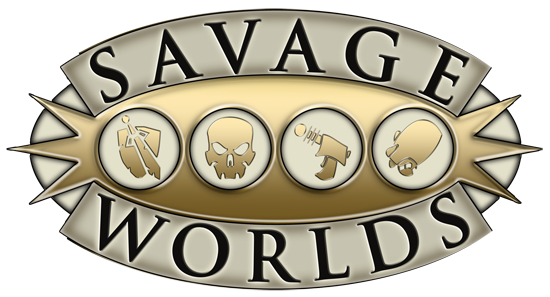Let's take a closer look at the Martian Colonists Force Book.
Here is the entry for the core unit in any infantry Platoon: the Infantry Squad.
There are four Qualities of troops you can select in the Colonist list: Reserve, Regular, Veteran, and Elite. Each has different Skill ratings (for shooting and melee) and Leadership.
- Reserves are crappy troops, with a rating of 1 in Shooting Skill and Melee Skill. They are, however, patriotic and well-motivated, and have Leadership of 4+.
- Regular troops are, well, regular. They have a 2 in Shooting and Melee Skill, and a Leadership of 4+.
- Veteran troops are better trained or more experienced. They have a 3 in Shooting a 2 in Melee Skill, and a Leadership of 4+.
- Elite troops are extremely well-trained light infantry. They have a 3 in Shooting a 3 in Melee Skill, and a Leadership of 3+. They also have a better RoA in hand to hand.
The cost of models and equipment for each Quality can be found under the appropriate column. You will notice that each Quality may have different types of equipment available to it. Reserve troops lack the fancier options. Veterans get more of most equipment, if they want it. Elite troops have more portable equipment, but lack the vehicular options available to Veterans. This is deliberate, designed to give each Quality a different feel on the gaming table.
Although this is a sci-fi game, the Martian Colonists are more or less a historical force. Their options are based, loosely and generically, on the common organization of interwar and WW2 armies. (And indeed, the list is designed so you can use it to represent an existing WW2 collection.)
The basic purchase is 7 soldiers and a sergeant, equipped with rifles. (Or a pistol for Sarge if you want it.) This is a bit small for most historical squads, but the list is also designed to allow you to play with squads that are under-strength, have suffered casualties, and so forth.
You can then buy up to 12 more dudes to fill out your squad. A 20 man squad would be pretty huge in historical terms, but maybe your Colony has lots of recruits or some weird organization.
There is then the option to replace 2 Soldiers with an LMG team. This represents the squad weapon, such as an MG42 or a Bren gun. (The terminology LMG is largely an abstraction: it might actually be an HMG used on the move.) On the table top, an LMG will double a typical squad's Rate of Fire and greatly enhance its odds of Suppressing an enemy. I assume most Squads will take this option, as it was historically the basis of most squad doctrine in WW2.
Veteran and Elite squads have the option to take two LMG teams. This represents the greater number of weapons one might find in, for example, a Panzergrenadier squad.
(For those FoW players out there reading this: My 28mm squads are roughly equivalent to two Flames of War infantry bases. A nekkid squad with no LMG is roughly equivalent to two Rifle bases. A squad with one LMG is roughly equivalent to two Rifle/MG bases. A squad with two LMGs roughly equivalent to two MG bases. Flames of War abstracts the weapons into a single rating. In my game, with its larger scale, we can actually worry about who holds what weapon, how many there are, and where they are placed.)
Then we have some additional options. Everybody except the poor Recruits can buy an SMG or a grenade launcher for one model. The SMG was historically common in WW2 -- the BAR, the Sten gun, etc.
The grenade launcher is not meant to represent a modern, post-WW2 grenade launcher. Rather, it is meant to represent the odd, and rather less effective equipment used in WW1, the interwar years, and a very few WW2 combatants. (The French come to mind.) It's funky, but not very good.
 |
| " Don't shoot till you see the glow of their eyes." Australian troops at Tobruk, Wikipedia. |
Veteran and Elite squads may be better-equipped. They have the option to buy two SMGs/grenade launchers and/or two AT-rifles/AT rockets.
If you want your squads to have heavier equipment, such as HMGs or AT-guns, you will need to purchase them out of the Support options, then Attach them to your squads.
Finally, the Veterans (only) have the option to purchase a Truck or a Half-Track. This will let you represent forces such as Panzergrenadiers, American Armored Rifles, and suchlike. The Half-Track can even have a cannon.










